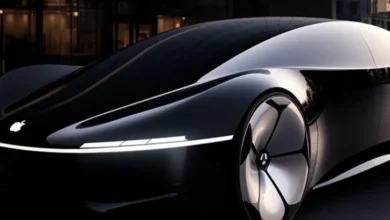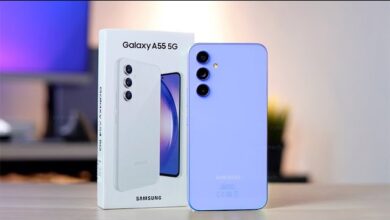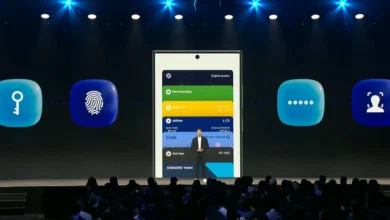InDepth: What makes Gorilla Glass so tough?

Take a closer look at how Gorilla Glass prevents scratches and cracks on your smartphone display. (Express Photo)
Many smartphones today are protected by Corning’s Gorilla Glass, which has gone through several versions over the years. The latest is Gorilla Glass Victus 2, which launched this week. Though Gorilla Glass is synonymous with display protection, do we know how it works, how it works in its various versions? On today’s Tech in-depth, we find out how Gorilla Glass Victus 2 works and what it takes to keep it strong.
What is Gorilla Glass?
For most tasks, the screen is a smartphone’s primary input and output component. It has to stay clean, functional, and damage-free for a long time. How do you make strong glass, one of the most fragile materials? Here’s where Corning and Gorilla Glass come in.
In smartphones, Gorilla Glass covers the digitiser with a toughened layer of glass. Drops and scratches mainly damage the components underneath. The glass layer also ensures a smooth touch experience for the user by not cracking or scratching.
How is it made?
Before we talk about Gorilla Glass, let’s talk about toughened glass. Many phones and other handheld devices use toughened glass these days. Instead of cracking easily, toughened glass uses chemicals to strengthen the bonds between its solid molecules, making it more resistant to damage.
Sodium ions are dissolved in liquid potassium salt using Ion Exchange. A bath heated to 400 degrees Celsius displaces the sodium ions with potassium ions. But the Potassium ions are also more significant than the Sodium ions.
With the larger potassium ions pushing against each other in the limited space, the molecular bonding of the material becomes more difficult.
Since then, Corning’s Gorilla Glass has gotten tougher. The fundamentals of ion exchange remain the same, but how the process is implemented on the glass changes. With Gorilla Glass Victus, Corning gave the glass sheets a second ion bath to replace sodium ions with potassium ions, making them stronger. Plus, Corning used stronger glass than Gorilla Glass early on. Corning’s business depends on the technology that goes into this glass.
Gorilla Glass Victus 2: What’s new?
In 2020, Gorilla Glass announced Victus 2, an improvement over the original. With Victus 2, there’s a lot more protection against drops.
To make the glass stronger, Corning used new, improved methods. They updated their testing parameters to simulate real-life surfaces, like concrete and asphalt, and heavier pucks that mimic today’s heavier phones.
What’s the other toughened glass out there?
Well, no. Although Gorilla Glass is one of the most significant protective glass manufacturers in the business, you might have heard of other names like Dragontail Glass, Sapphire Glass, and others, which are used on many high-end wearables today, including Apple Watches.
Sapphire Glass makes triangular-placed aluminium oxide molecules, which are more robust against scratches. However, it’s a lot more expensive to produce than Gorilla Glass. According to reports, Sapphire is ten times more expensive than Gorilla Glass.



